The Evolutions from Artificial Intelligence for Architecture
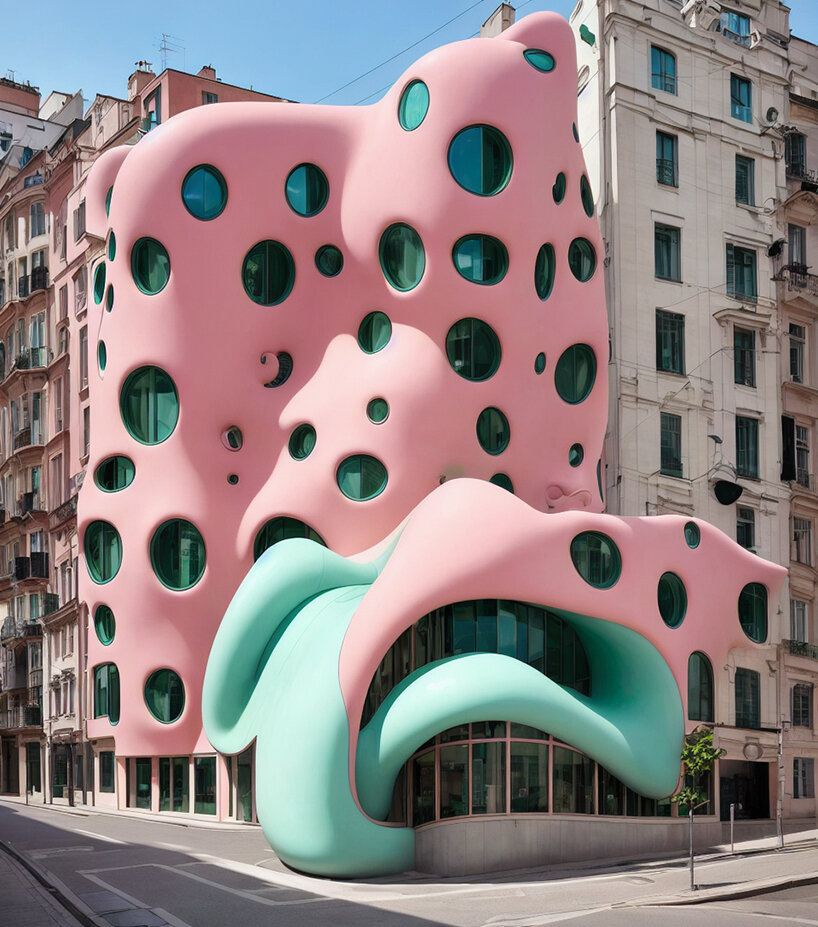
The Cities we Build Design and Photo by Hassan Ragab
Technology is currently a very growing aspect. Currently, many people have been talking about AI (Artificial Intelligence), which has penetrated the architecture scope. One AI software developer said, “AI is the foundation of future creativity”. This aligns with architecture, where creativity is the most important thing in building design. In a short period, AI development companies are competing to develop AI for the world of architecture, which is expected to help make it easier for architects or designers to express their crazy ideas in designing buildings through technology.
AI for architecture is software that converts text input into 3D images of imaginative buildings that look real. This is a solution for architects and designers who often have concept imagination but also intersect with the reality of existing calculations and physical analysis data. This is a serious obstacle in design. Many architects and designers use and support this technology today, but many also question and debate it.
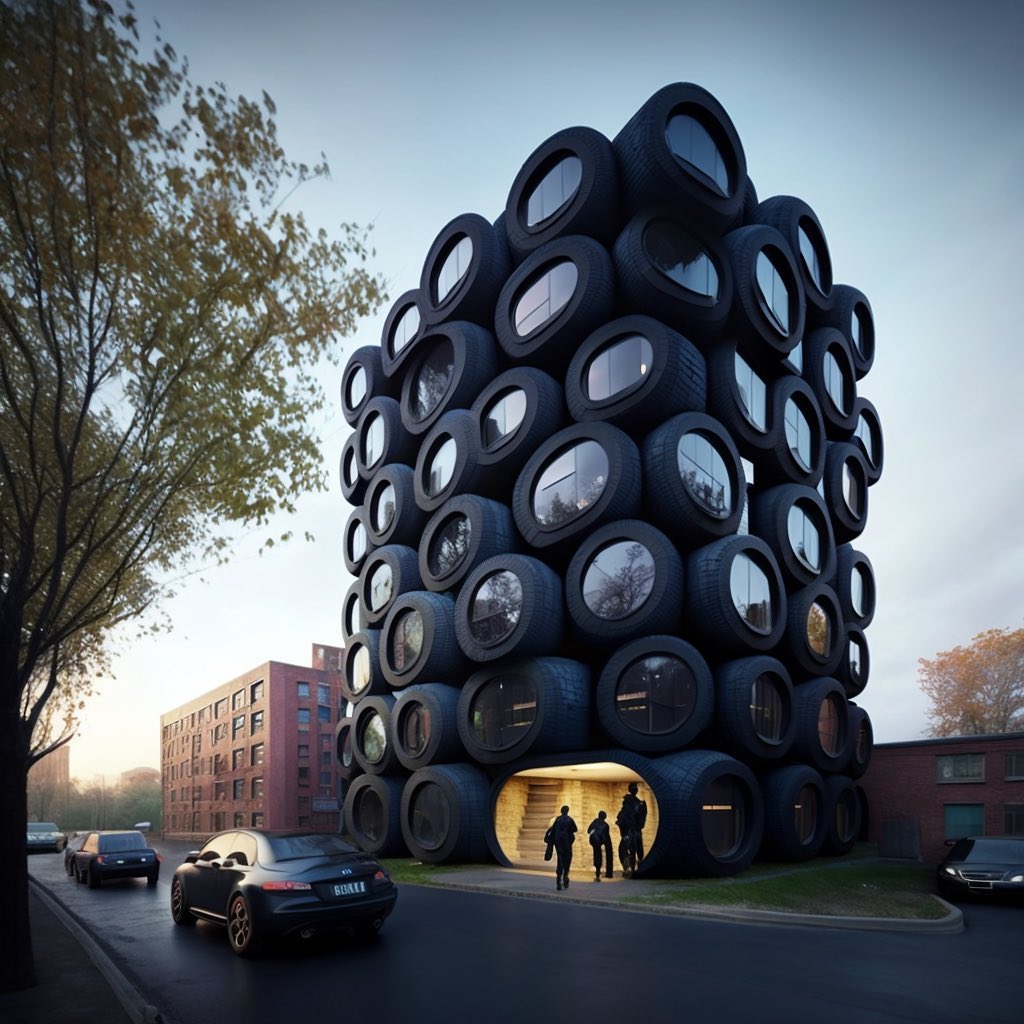
From Waste to Wonder Design and Photo bay Shail Patel
AI can optimize parts of the design process, especially in understanding large amounts of data. Examples can be used to compare many materials quickly, allowing architects to draw conclusions about their quality and suitability for a given space. In addition, AI allows assisting architects in the early stages of projects to assist architects in the creation of basic ideas. Like architectural sketches, AI can perform initial visualizations of shapes and ideas. Designers and creative professionals are now using AI for conceptualization purposes, but over time AI will become an important part of the design process.
Like architectural sketches, AI imagery is often colorful and dreamlike, but only sometimes actionable as a detailed plan. AI generates good images of aesthetic and compositional concepts and blends them with the designer's imagination creating the potential for a lot of thought involved in the early stages of design. However, this text-to-image software still requires users with knowledge and skills to produce better results. The way AI works is that it can generate images through designer ideas that are entered in the form of text, and those ideas will differ from one user to another. However, one of the biggest problems with text-to-image technology is its tendency to bias, caused by using existing sets of images to generate new visualizations. Besides cultural bias, technology can bridge the gap between humans and nature by displaying buildings with various natural components such as tree shapes. AI with a high level of detail can make it happen in a way that a lot of research is done in building materials and technology, can bring architecture closer to nature.
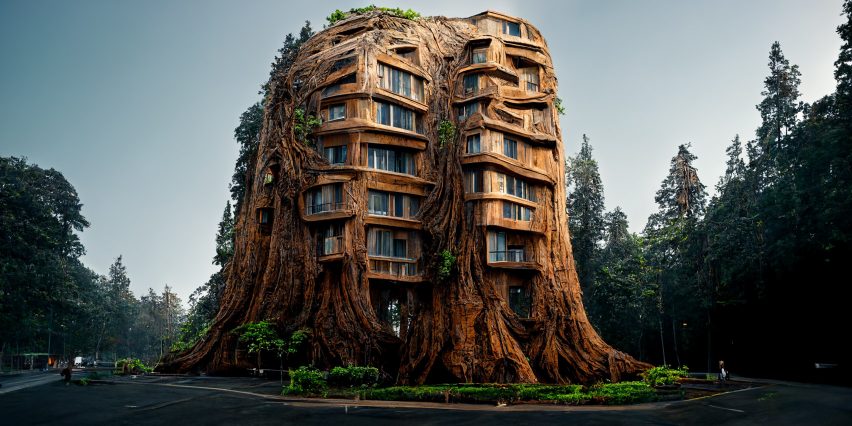
Manah Bhata uses Midjourney to create images that show nature blended with architecture, Source by Dezeen
In addition, AI can also create robust modular design systems. It can generate models, interpret building environments, and list cost estimates, to create intelligent building envelopes capable of responding to changing weather conditions, reducing energy consumption, and improving indoor air quality. AI algorithms will be used to optimize building performance, reduce energy consumption, and reduce building carbon footprint, optimize building performance, such as energy consumption and indoor air quality, resulting in more energy-efficient buildings, to optimize building performance, reduce energy consumption, and reduce building carbon footprint, and more.
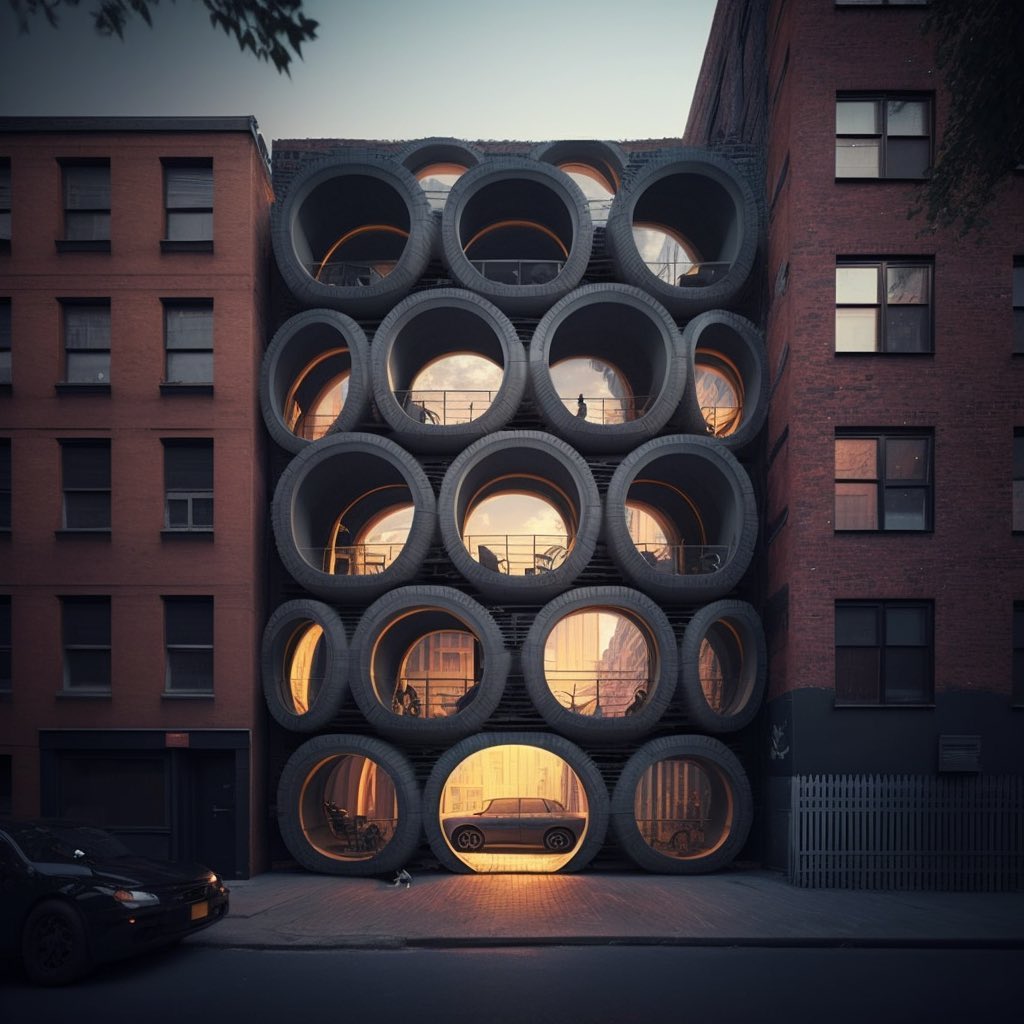
From Waste to Wonder Design and Photo bay Shail Patel
"How AI software will change architecture and design?" is still an interesting debate discussed today. Through this change, many factors need to be prepared, especially in terms of human resources, in addition, policies and skills are also supporting factors in the development of AI Architecture. While there are many advantages to incorporating AI into architecture, challenges also need to be overcome. One of the biggest challenges is the need for architects and builders to understand AI and its capabilities. This requires AI education and training and an understanding of the ethics and implications of using AI in design and construction.
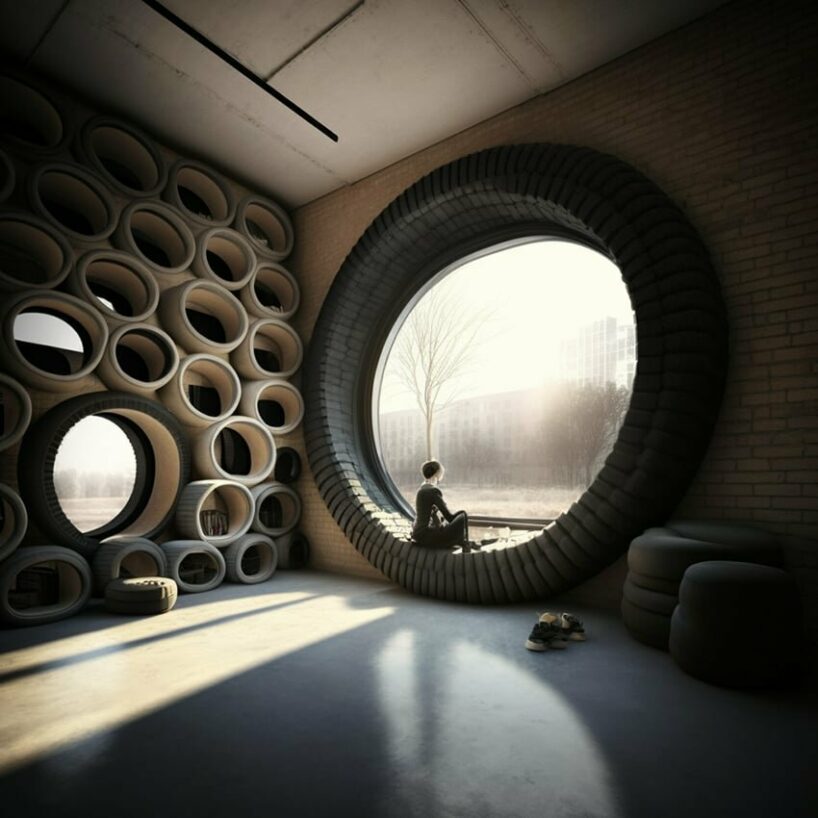
From Waste to Wonder Design and Photo bay Shail Patel
However, some current records may be challenging for AI software developers regarding data limitations, user privacy, data security, regulation, and ease of reading algorithms. Although this development is also a challenge for architectural activists to think about integrating AI algorithms into existing building design and construction processes. It is likely that many things happen because AI systems may not be compatible with existing tools and processes.
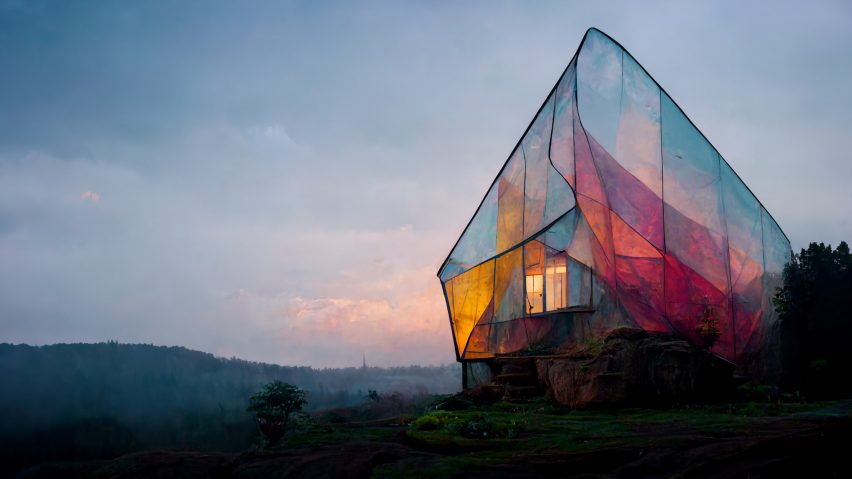
Andrew Kudless creates architectural images on Midjourney, Source by Dezeen

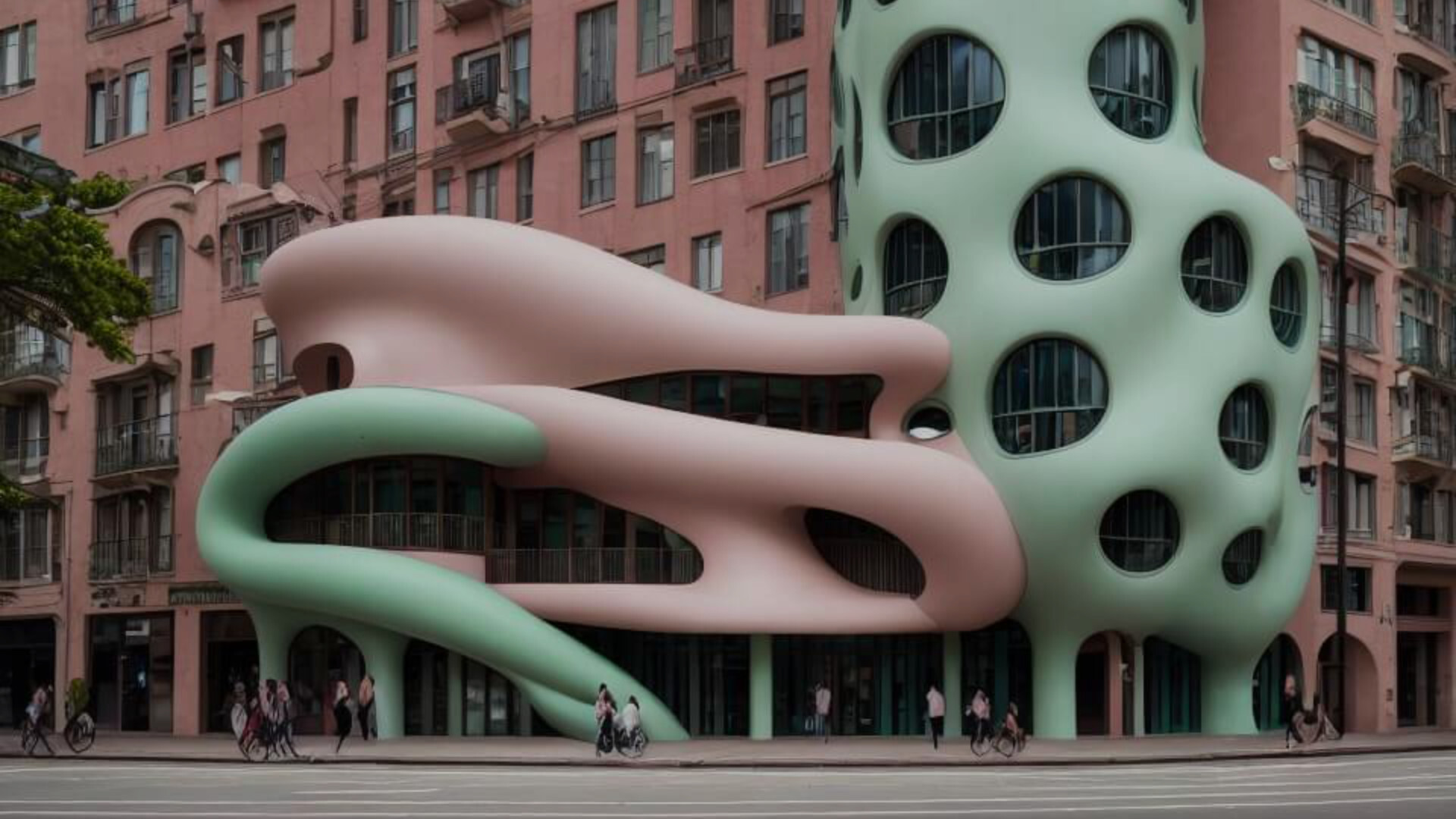


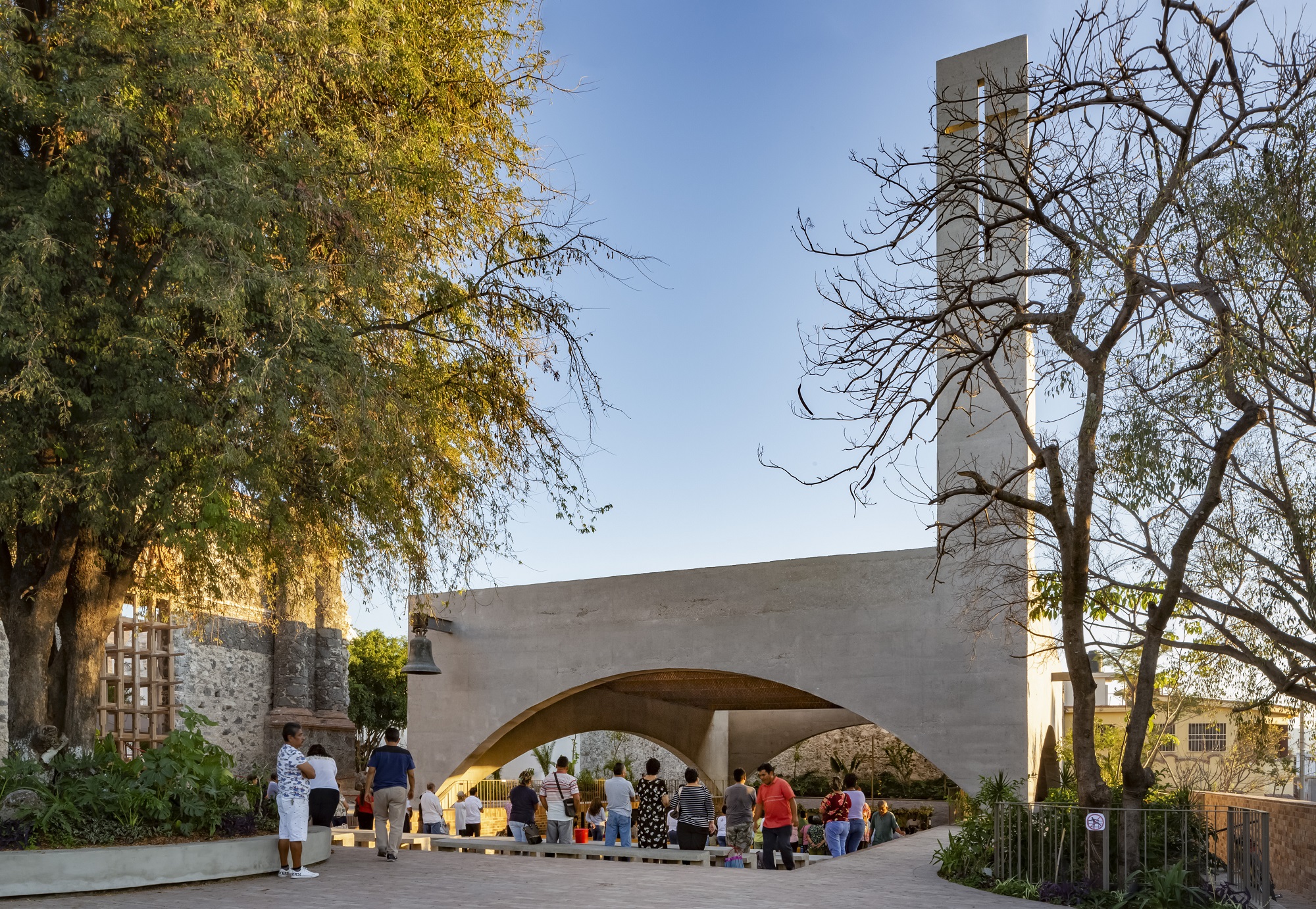
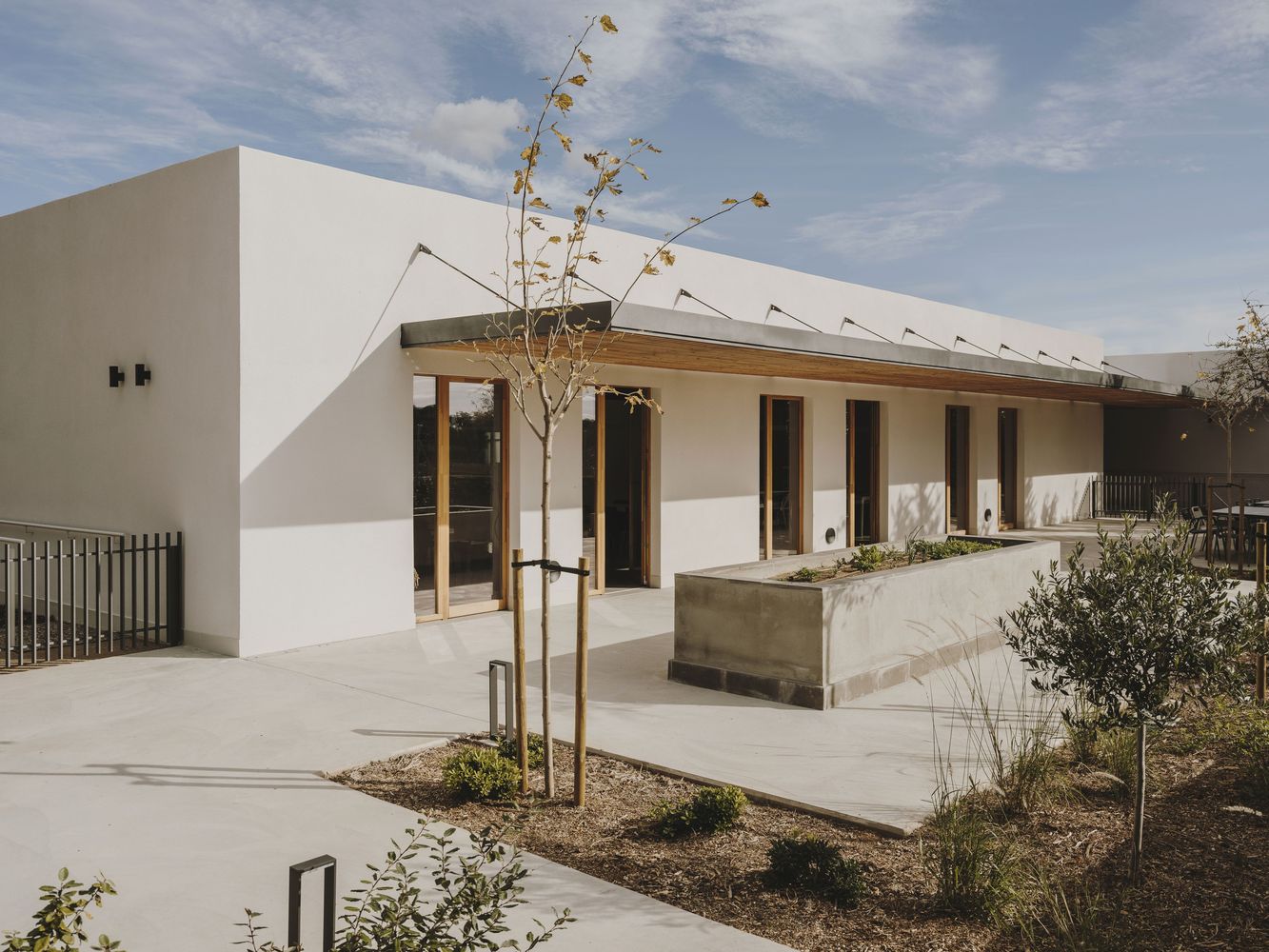




Authentication required
You must log in to post a comment.
Log in